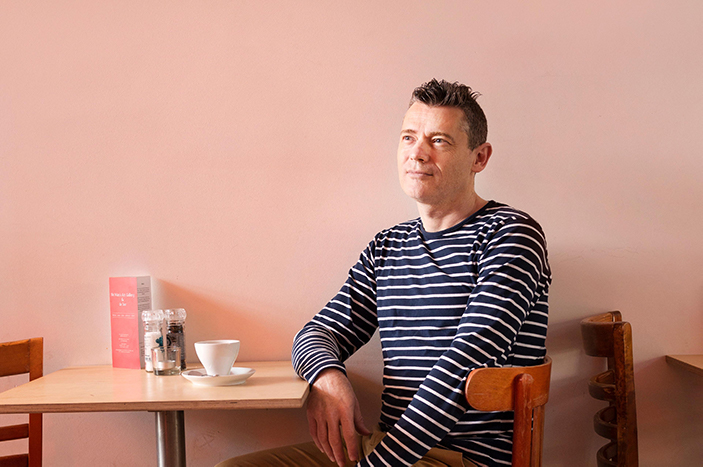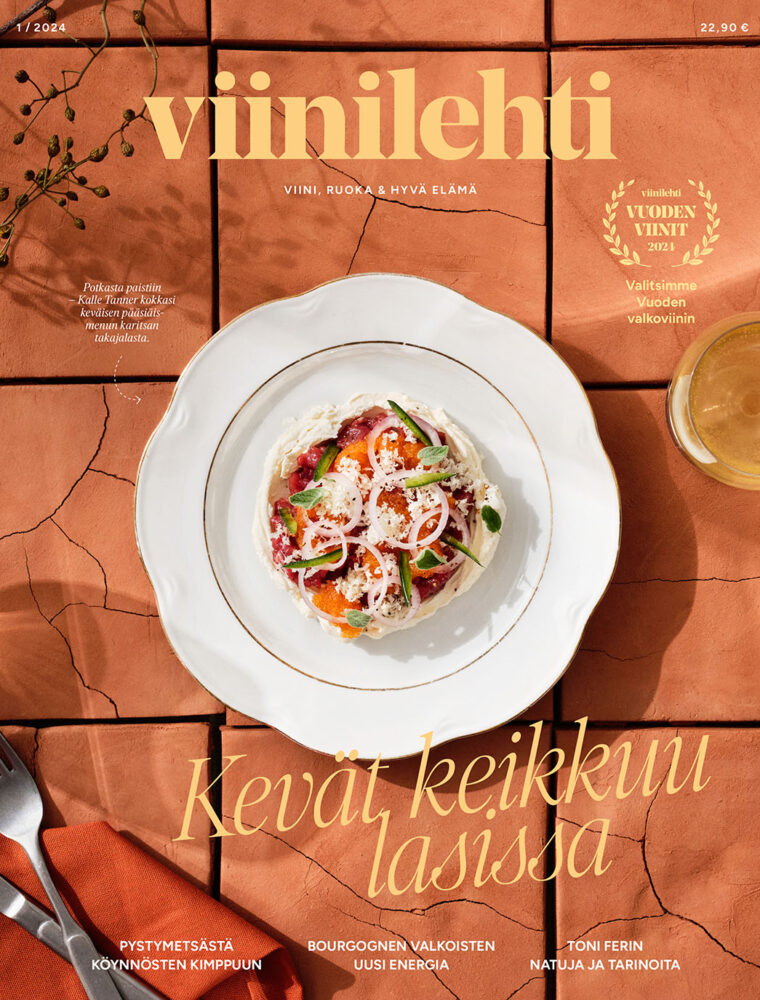Once upon a pre-Covid-19 time, I was presenting a packed masterclass in Amsterdam. We’d just tasted through some stunning orange wines from Northern Italy, Slovenia and Croatia, when a gentleman in the audience asked a question I’ll never forget: “has anyone actually tried making wines like this from a really good terroir?”
The implication that neither Friuli Collio, Goriška Brda nor Istria were “really good terroirs” seemed hugely presumptuous. Playing for thinking time, I asked him to clarify what he meant, and he said “you know, like Burgundy or something”.
Aristotle famously proclaimed “the unexamined life is not worth living”, and to some wine connoisseurs it seems that the unexamined terroir is not worth drinking. If a region has not achieved worldwide fame, if its top producers and wine labels are not etched into the annals of fine wine, then it doesn’t hold any excitement.
The argument goes that the classics have proven their worth over time. There is a reason why the communes of the Medoc, the Cote d’Or or the banks of the Mosel are so well-loved – superlative wines have been produced in these regions for centuries.
But how and why these wine regions developed as they did often relates just as much to human factors as to nature. The coincidence of wealth, winemaking knowledge and convenient transport routes was key to the development of most world-famous appellations.
Terroir itself relates mainly to the interplay between soils, aspect and climate – so surely an exceptional terroir can remain undiscovered or at least seriously underrated. Friuli Collio rose to fame as recently as the 1950s, and is now considered domestically to be Italian’s finest white wine region. Despite that, it’s still barely on the radar for global fine wine fans.
What makes a great terroir? I’d say it’s a place where endemic grape varieties, soils and climates meld together effortlessly, to produce something which is more than the sum of their parts. In this respect, tradition and the viticulturist’s expertise play important roles.
Mosel Rieslings, Cote d’Or Pinot Noir and Bordeaux’s Cabernet and Merlot blends are all wines that deftly express the specific characters of a vineyard site, as well as its sub-region. They have a clearly recognisable thumbprint, are capable of extraordinary levels of refinement and (at least in the case of Mosel and Bordeaux) can mature gracefully for half a lifetime.
If you accept some of these defining points, allow me to suggest some of my favourite alternative great terroirs:
Ribolla Gialla on the ponca soils of Oslavia and surrounding Collio (Italy) or Brda (Slovenia)
Ribolla is a grape variety with around 1,000 years of documented history in this cross-border region. It loves the poor, stony soils and can survive the increasingly dry, hot summers, retaining incredible levels of acidity and freshness even when it’s harvested in October.
Fermented with its skins (as it should be, being very neutral without them), Ribolla Gialla from these bucolic hills produces a noble, honeyed and complex wine – a glass worthy of contemplation as well as imbibement. Gravner, Klinec, Radikon, Blazic or La Castellada will turn you into a true believer.
Blaufränkisch from the Leithaberg hills in Burgenland, or Eisenberg in Sudburgenland, Austria
Blaufränkisch is, for my money, one of the planet’s greatest red grapes. It is incredibly site-sensitive (much like Pinot Noir), as evidenced by the differences in these two superlative terroirs.
In Eisenberg, the mineral rich, slatey soil lends dynamism and lift to the wines. They have the sensation of ripeness and heft, yet always remain nimble on their feet. Look to Uwe Schiefer, Christoph Wachter-Wiesler or Franz Weninger for proof.
Leithaberg’s chalky clay soils and a slightly cooler exposition accentuate Blaufränkisch’s peppery, herbal twang, whilst lending it a pleasing roundness even at lower ripeness levels. Heinrich, Lichtenberger-Gonzales or Kollwentz are some of my go-to producers.
These are understated wines that, a bit like classic left-bank Bordeaux, succeed in their first duty to provide refreshment, but then unfold (especially as they age) to reveal layers of complexity and nuance.
White blends from Dão, Portugal
Dão is a region that’s usually better known for its classical red wines, but its whites (almost inevitably field blends, especially in the case of the many older vineyards) can be sensational.
Surrounded by mountains, many of the vineyards have considerable altitude. This combined with granitic and sandy soils allows the combination of ripeness with salty, mineral tension. In the hands of top winemakers such as Antonio Madeira or Casa de Mouraz, these wines can show Burgundian refinement and depth – but being blends, it’s the vineyard site rather than the grape variety that speaks loudest.
Many more great terroirs clamour to be discovered. Some were obscured by history, others had to wait for better winemaking and vineyard expertise before they could shine. Any region where winemaking has endured over generations probably has something special to say. That’s why I was struck by the arrogance of the original question. Still, at least it got me thinking.

